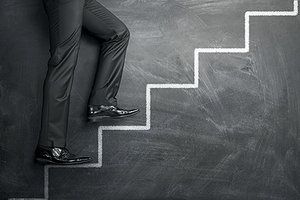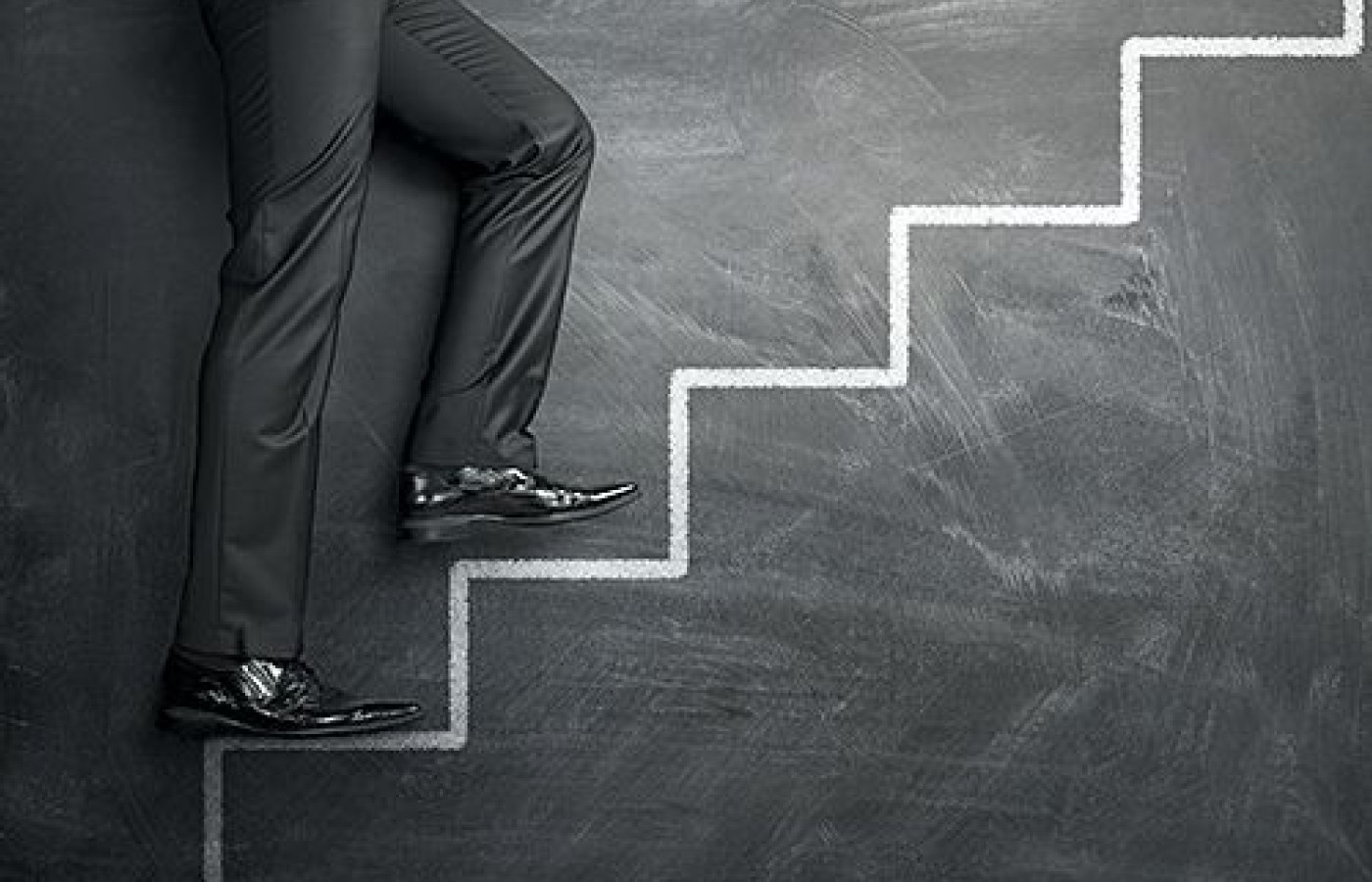Recent laws in New Jersey and California represent a disturbing trend that will negatively impact a practice’s ability to collect monies from patients, as well as expose them to significant penalties if the practice does not follow the mandatory guidelines to a T. Please be aware that a similar law may be coming to your state. The time to act is before the law is passed.
Step by Step: Long-Term Treatment of Soft-Tissue Injuries Combines Skill and Care
Treating soft-tissue injuries with long-lasting results starts the moment an individual enters the office. When it comes to pain, the only thing that matters to the patient is relief. History and strong referrals may buy some added time, but don't expect a person to stick around if the proper levels of professionalism, courtesy and expertise are not repeatedly delivered by doctor and staff throughout each entire session and beyond. Let's explore some of the key components of appropriate evaluation and treatment.
Step 1: Observe and Analyze
The initial consultation is important not only for creating a timely pathway to soft-tissue-injury pain relief, but also establishing a partnership in wellness and long-term patient loyalty. Time is always a factor when treating multiple patients; however, it is also essential for creating rapport and a regimen of proper treatment.
This begins with something as simple as watching the patient walk across the room and lie down on the examination table. How they move says a lot about who they are. Pain is also a poor indicator of health. Treating a specific site without identifying the underlying cause will only delay its inevitable recurrence.
A gait analysis will unveil numerous clues to the patient's unique and specific problems. It can also serve as a blueprint for function, movement and how the smaller, stabilizing muscles compensate for under-performing larger ones such as hamstrings, glutes and quads.
Step 2: Make It Personal
Learn about the individual and treat them accordingly. Talk to them about their life, interests and activities. Pain is often the last stage of a condition that was years in the making. Knowing as much as possible about the patient's physical background can only serve to strengthen the effectiveness of care.

Twenty-somethings think they are invincible. Many older patients refuse to accept their age and often engage in the same efforts with the same intensity as they did decades ago. Weekend warriors frequently go too hard, too soon after years of inactivity or without understanding the importance of a proper warm-up; while athletes many times make the best patients because they possess a good knowledge of what it takes to stay competitive at a high level.
Step 3: Identify & Treat Musculoskeletal Imbalances
It is imperative to identify specific musculoskeletal imbalances and sources of hypersensitivity through a combination of orthopedic tests. A postural analysis provides an excellent start for determining skeletal structure, soft-tissue integrity, neurological control and the underlying causes of distortions resulting from muscular dysfunction.
As stated in Applied Kinesiology by David S. Walther, DC, "[I]f a patient has a weak right sternocleidomastoid and strong left one, he can get up from a supine position more easily if he turns his head to the right to align the strong left sternocleidomastoid to raise the head from the table. One may see a similar rotational motion of the patient when the oblique abdominal muscles are strong on one side and weak on the other." Other revealing signs outlined in the text include the following:
- Toe turn-in on weak psoas side. Pronation of foot tendency. Pelvis raises and lumbars deviate to tight psoas side.
- Right quadratus lumborum weak. Pelvis level, right 12th rib elevated and left lumbar curved.
- Right gluteus medius weak. Right pelvis, shoulder, and head all elevated.
- Left abductors weak. Genu varus on weak side. Pelvis elevation on opposite side.
For patients suffering from symptoms such as these, active release techniques (ART) are recognized for reducing the severity of soft-tissue problems such as pain, weakness and numbness through the treatment of nerves entangled by scar tissue. Experienced practitioners can normally determine the placement and severity of these adhesions, and then administer to their separation simply through touch during sessions lasting between 10-15 minutes. Consisting of nearly 500 different movements, ART is ideal for treating scar tissue issues, which cannot be detected by X-ray or MRI.
Trigger-point therapy offers another strong method for easing muscle tension and reducing the pain caused by pea-sized nodules that have been mapped to cause pain in other body parts. For instance, a "muscle knot" in the back can cause referred pain in the neck, while one in the neck can create problems ranging from dull headaches to severe migraines.
In addition to these treatments, which are normally applied two to three times a week, there is no greater ally than the "homework" given by the doctor to each individual patient. This includes the prescription of three to five daily exercises designed to increase strength and flexibility.
Most times, the specification of these routines are determined not only by the affected area, but also by the patient's age and fitness level. Simple fact: Teens are normally far more flexible and conditioned than 50-year-olds with arthritis. So, a one-size-fits-all regimen will not work. The program must be challenging enough to engage young athletes, while not overwhelming to septagenarians.
Step 4: Don't Overlook the Importance of Flexibility Training
Don't underestimate the lack of knowledge patients have about common workout practices and flexibility training activities. Even in today's informed age, many people still touch their toes before running or stretch their hands behind their back before lifting weights, which can actually tear cold muscles. Another common mistake is bouncing during stretches or stretching to the point of pain.
Conversely, it is equally important for patients to warm up cold muscles before walking, running or performing any other physical activity. For instance, here are some simple exercises for increasing core temperature, heart rate and overall muscle flexibility:
- Toe touch. Stand up straight, hold arms out directly in front and walk forward, kicking legs up and trying to touch toes to hands without lowering the arms. Repeat 10-20 times for each leg.
- Inverted toe touch. Stand straight up, lean forward and reach arms to the ground, while lifting the right leg behind. Keep back straight and return to start. Repeat 10-20 times on each leg.
- Piriformis stretch. This can be completed either lying down or standing straight up. With one leg straight, pull the other knee into the chest toward the opposite shoulder. Repeat three times on each leg.
- Cobra. Lying on stomach, gently push your upper body off the floor, hold and then return to start. Repeat this stretch three times.
In addition, there are numerous other activities older patients can perform to both build better health and increase endurance. Climbing stairs or repeatedly rising from a seated position can develop leg strength and aerobic fitness. Stability balls also can be used to improve core strength and increase flexibility. While not suitable for everyone and requiring proper technique at all times, some complete full-body workouts can be completed in 15 minutes with exercises ranging from dips and push-ups to sit-ups and planks.
Wellness should be the overall goal of any doctor-patient relationship. The time it takes for each person to move through the cycle of care is individual and based on numerous factors such as age, level of fitness, the problem's degree of severity and the diligence to follow instructions. Placing timelines could create false expectations. As a result, the best approach to individualized chiropractic treatment should combine expertise with attention and complete honesty.



